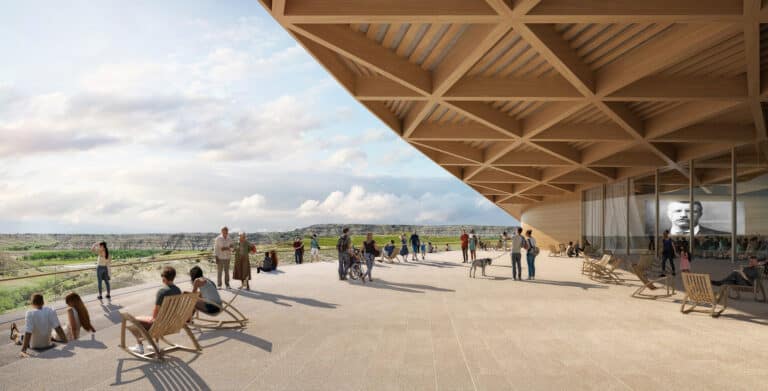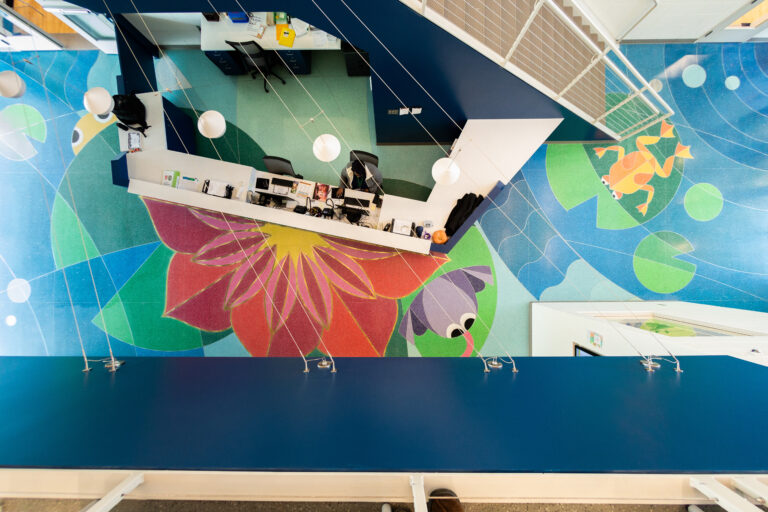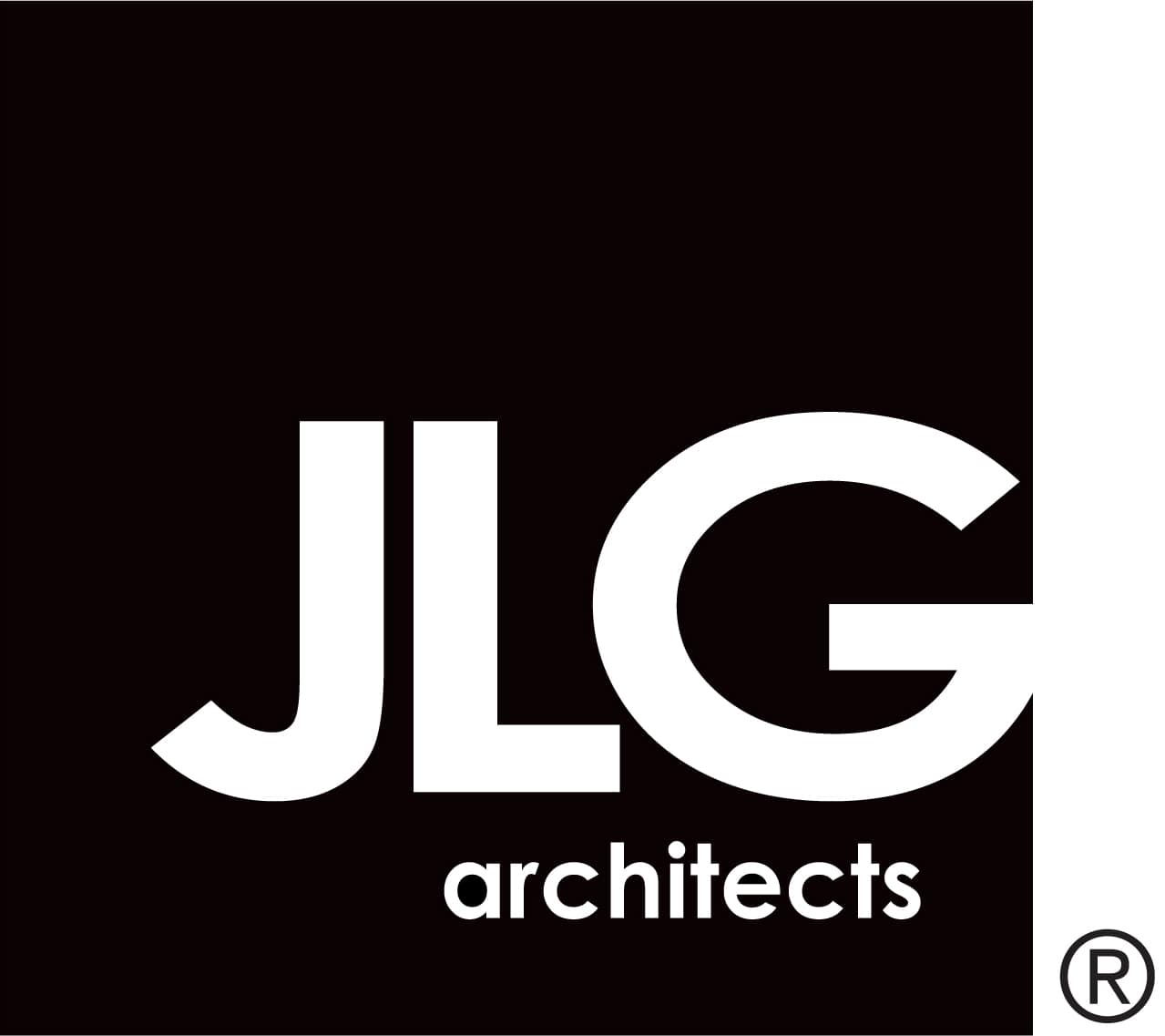Two projects by JLG Architects have earned design awards, including the top Honor Award, from the North Dakota Chapter of the American Institute of Architects. The awards were presented at the annual AIA North Dakota Awards Conference in Grand Forks “for distinguished accomplishments in design and the profession of architecture.” JLG holds over 50 AIA North Dakota design awards, and a JLG project has received the Honor Award for the past three years in a row.

KENSINGTON RUNE STONE VISITOR CENTER, Kensington, MN – Honor Award: Discovered in 1898 by Swedish immigrant, Olaf Ohman, the Kensington Rune Stone purports to be a record of Scandinavian exploration of North America in the year 1362. While the original Rune Stone is now in the collection of the Rune Stone Museum in nearby Alexandria, Minnesota, the place of discovery, the Ohman farmstead, did not have a suitable facility to tell the story of how the Rune Stone was uncovered and about the man who found it.
Managed by the Parks Department, the Kensington Rune Stone Visitor Center establishes an interpretive center to educate visitors to the site while also providing a gathering place for families and friends in the pristine setting of the Ohman Farmstead – as an all-season park shelter and a community gathering place. Materials with a close relationship to the Earth, both in their manufacturing and tactile qualities, were used throughout the construction of the Kensington Rune Stone Visitors Center – including a stone fireplace at the center of the facility, composed of Greywacke stone, the same material as the Rune Stone.

FIRST INTERNATIONAL BANK & TRUST, Rugby, ND – Merit Award: Located at the geographical center of North America, First International Bank & Trust’s new Rugby facility is inspired by the values of the bank: stability, safety, and community. The bank is a modern interpretation of a lake cabin to give the feeling of permanence and partnership. A large timber roofline provides protection from the summer sun and the winter elements while traditional materials like natural stone provide regional context.
A sense of community is furthered developed with expanses of glass to offer panoramic views of the prairie, a vital part of Rugby’s identity. The sign from “The Hub,” the longtime restaurant tenant on the site, is prominently displayed to pay homage to the history of the property and the City of Rugby. A redesigned central core decreases the walking time for staff to keep wait times to a minimum, and an indoor fireplace and outdoor patio welcomes customers and employees with a warm, inviting place to sit and take in the surroundings.





